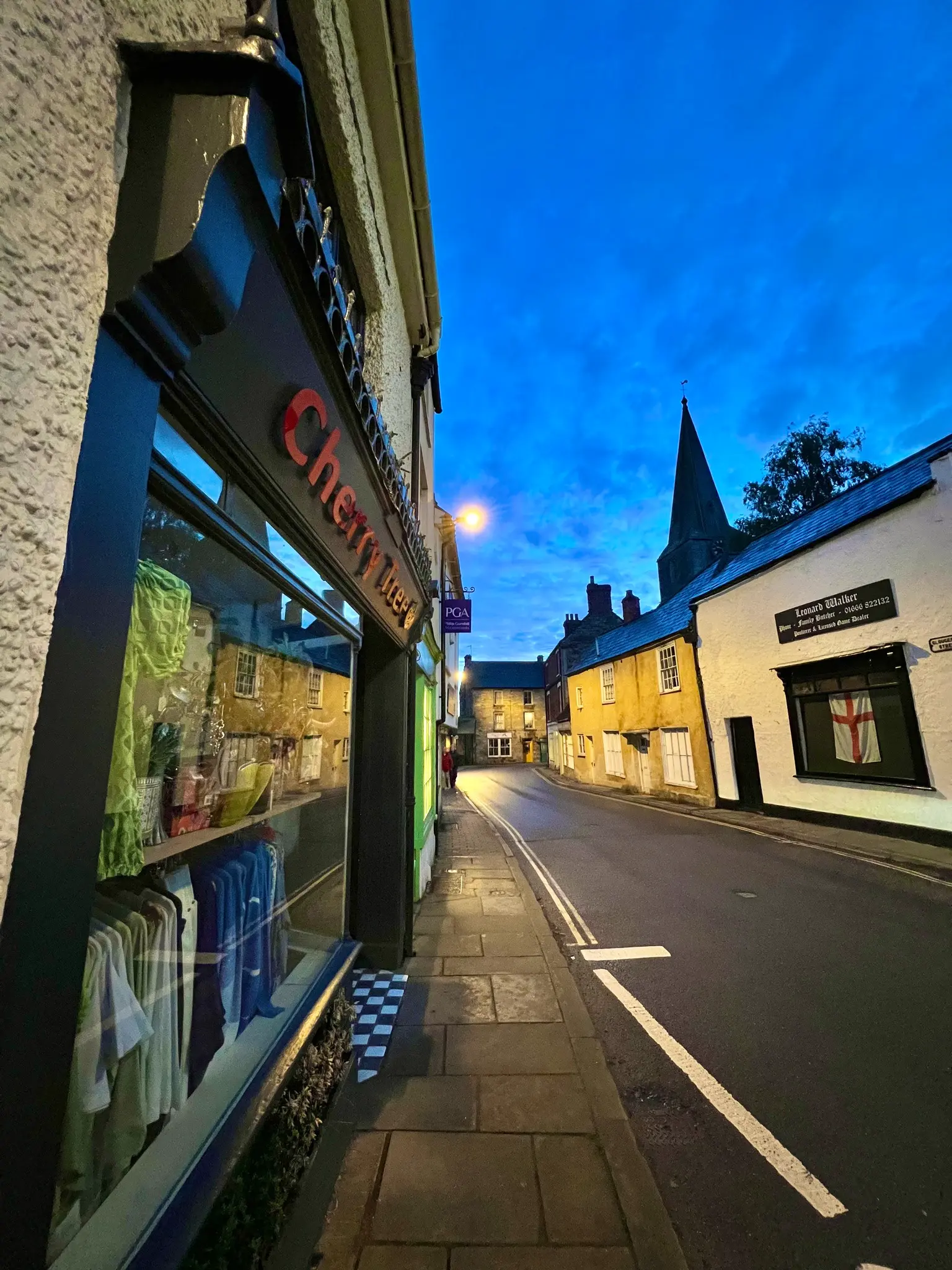The phrase “more than meets the eye” is an idiom that means something is more complex or difficult than it appears. It refers to hidden information or deeper significance under the surface.
In photography parlance, looking and seeing are two different ways of perceiving the world through our eyes.
As photographers, we need to go beyond looking and start seeing the beauty, meaning, and potential of our subjects.
One of the famous photographers who advocated for seeing rather than looking was Ansel Adams. He said, “A photograph is usually looked at-and seldom looked. He encouraged photographers to look deeper into their images and express their personal feelings and thoughts.
“Looking” and “Seeing” are two distinct concepts that refer to different aspects of the photographic process:
Looking: Looking in photography refers to the act of simply observing the world through your camera’s viewfinder or LCD screen without much thought or intention. It’s akin to taking a casual glance at your subject without deeply considering the composition, lighting, or other photographic elements. When you’re just looking, you may not pay close attention to details or think about the creative aspects of your shot.
Seeing: Seeing, on the other hand, is a more deliberate and thoughtful process in photography. It involves not only looking at your subject but also actively analyzing and interpreting what you see. When you “see” a scene or subject, you are considering elements such as composition, lighting, framing, colors, textures, and the story or emotion you want to convey through your photograph. It’s about having a vision for the final image and making intentional choices to capture that vision.
“Looking is a simple act of observation while seeing is a creative act of interpretation. Looking is passive while seeing is active. Looking is superficial while seeing is profound” Michael Freeman
In essence, the difference between looking and seeing in photography is the depth of engagement and intentionality.
Looking is more passive and superficial while seeing involves a deeper level of understanding and creativity. Experienced photographers often emphasize the importance of seeing because it leads to more meaningful and impactful photographs, as it allows them to convey their unique perspective and artistic vision.
“Looking is a habit, seeing is a skill. Looking is automatic, seeing is deliberate. Looking is common, seeing is rare. Looking is for everyone, seeing is for photographers.” — Scott Bourne
Initially, when you approach a scene or subject, you begin by looking. This is the phase where you use your eyes and camera to observe and assess what’s in front of you. It involves taking in the visual elements and gathering information about the subject, the lighting, the surroundings, and other relevant factors.
After looking and gathering visual information, the next step is to transition into the seeing phase. This is where you go beyond mere observation and start to interpret what you see. You consider the creative and compositional elements, such as framing, perspective, angles, and the story or message you want to convey. Seeing involves making deliberate decisions about how to capture the scene to achieve your artistic vision.
“Looking is a glance, a glimpse, a peek. Seeing is a gaze, a stare, a study. Looking is casual, seeing is intentional. Looking is for fun, seeing is for art.” — Brooke Shaden
So, while looking is the initial step that involves observation, seeing is the deeper, more intentional phase where you transform your observations into a creative and meaningful photograph. Both aspects are essential in photography, and skilled photographers are adept at balancing them to create compelling and visually engaging images.
Click
Jack





























